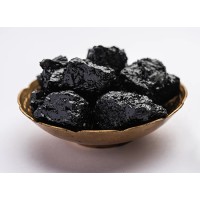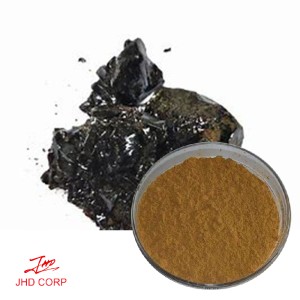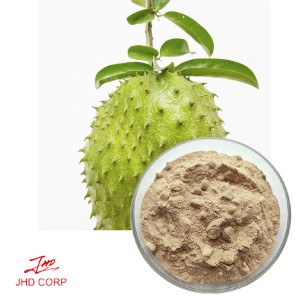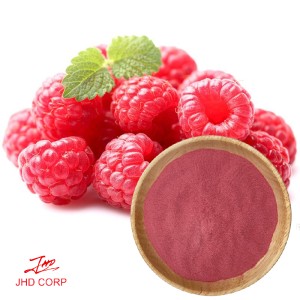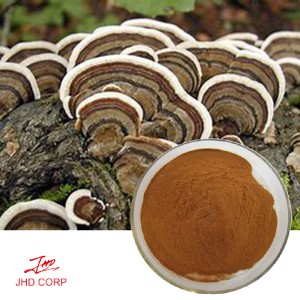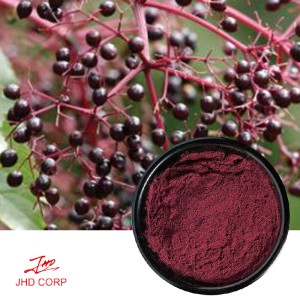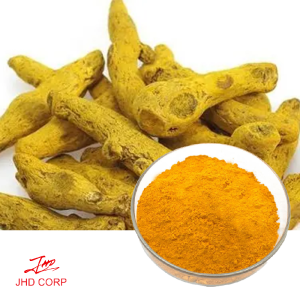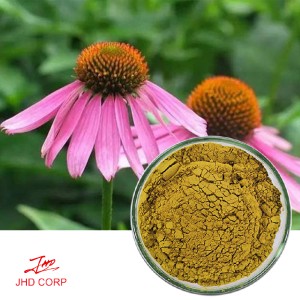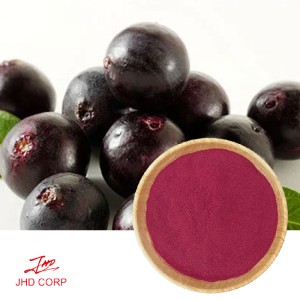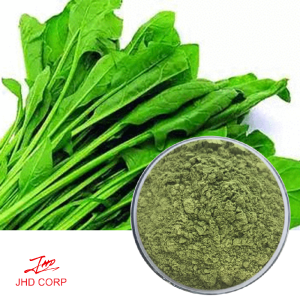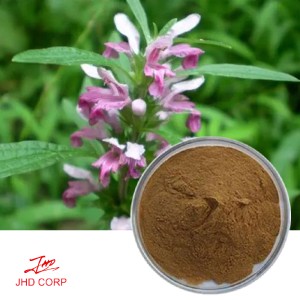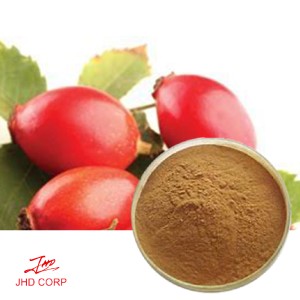Shilajit extract vs shilajit resin, which one is more effective?
Those seeking a standardized and potent supplement with reliable efficacy may opt for shilajit extract. On the other hand, individuals who prioritize a more holistic and minimally processed form of shilajit may prefer the raw authenticity of shilajit resin.
Shilajit extract and shilajit resin are both popular natural supplements that have been used for centuries in traditional medicine. They are derived from the same source, but the extraction process and composition differ, leading to variations in their effectiveness and potential benefits. In this article, we will explore the differences between shilajit extract vs shilajit resin to determine which one may be more effective.
Shilajit extract is produced by dissolving raw shilajit in water or other solvents to extract the active components. This process typically involves filtering and purifying the solution to concentrate the beneficial compounds, such as fulvic acid, minerals, and other bioactive substances. On the other hand, shilajit resin is a naturally occurring exudate that oozes from rocks in mountainous regions. It is harvested in its raw form and undergoes minimal processing, resulting in a thick, tar-like substance rich in organic and inorganic compounds.
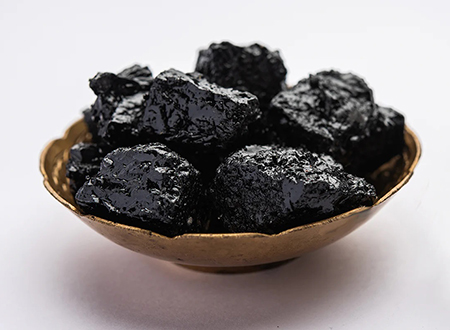
When comparing the effectiveness of shilajit extract and shilajit resin, it is important to consider the concentration of bioactive compounds. Shilajit extract is often standardized to contain specific levels of fulvic acid and other key constituents, making it easier to control dosage and ensure consistency in potency. In contrast, shilajit resin may vary in composition and potency depending on factors such as geographical origin, processing methods, and storage conditions.
In terms of bioavailability, shilajit extract is generally more readily absorbed by the body due to its purified form and higher concentration of active ingredients. This may result in faster and more pronounced effects when compared to shilajit resin. However, some proponents of shilajit resin argue that its natural state preserves a wider spectrum of nutrients and phytochemicals, potentially offering broader health benefits despite lower bioavailability.
The choice between shilajit extract fulvic acid and shilajit resin ultimately depends on individual preferences and health goals. Those seeking a standardized and potent supplement with reliable efficacy may opt for shilajit extract. On the other hand, individuals who prioritize a more holistic and minimally processed form of shilajit may prefer the raw authenticity of shilajit resin.
It is worth noting that the effectiveness of either form of shilajit can also be influenced by factors such as dosage, quality, purity, and individual response.


